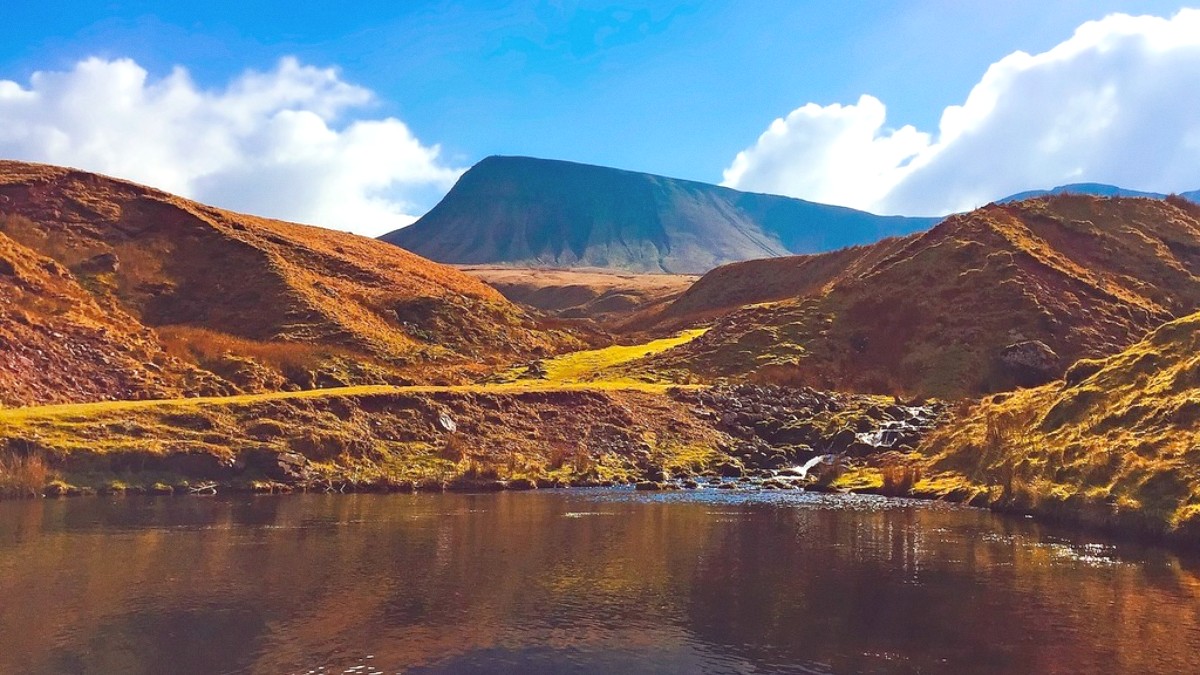
The Southern Highlands, Ecuador
Loja's cuisine has deep roots in the Andean highland traditions of Ecuador. This combination creates a distinctive and hearty fare.
Food in Loja highlights fresh, locally sourced ingredients. Common items include corn, various potatoes, plantains, and a range of meats. Loja also has renown for its coffee production. Traditional methods of preparation often use slow cooking and simple, earthy spices.
Lunch (almuerzo) is the main meal, typically 13:00-15:00. Dinner (merienda or cena) is generally lighter and eaten later, from 19:00 onwards.
Eating with a fork and knife is standard practice. Polite to keep hands above the table while dining. Tipping is appreciated but not always expected.
Lunch usually includes a soup, a main course (rice, meat, small salad), and a drink. Dinner may also present a set menu.
A creamy, savory soup from green plantains, cheese, and fresh cilantro. A quintessential Loja specialty.
Find it in traditional local restaurants.
Thinly sliced, cured pork meat, often served fried with boiled yuca and a fresh salad. A regional specialty.
Many local eateries serve cecina.
A large, savory tamale with corn flour masa, filled with seasoned pork or chicken, hard-boiled eggs, raisins, and olives. Wrapped in achira leaves and steamed.
Look for it in local markets and traditional restaurants.
A distinctive herbal infusion with a bright pink color, from a blend of numerous medicinal and aromatic herbs. Often served cold.
Loja is a major coffee-growing region. Sample the locally grown and roasted coffee for a fresh and aromatic experience.
Fine dining establishments are limited compared to major cities. Some upscale hotels or specialized restaurants a more refined dining experience with modern Ecuadorian or international cuisine.
Numerous mid-range restaurants present à la carte menus. They often specialize in Ecuadorian cuisine, grilled meats, or pasta dishes.
Local comedores or huecas (small, informal eateries) have incredibly affordable almuerzos (set lunches) and meriendas (set dinners).
This bustling market has fresh produce, meats, cheese, and numerous prepared food stalls. It is a great place for an authentic local meal.
Functions as a lively culinary hub.
Some restaurants in Loja offer international cuisines like Italian or Chinese. These cater to visitors or local residents.
Mainly found in the city center or newer commercial areas.
Lunch is the most substantial meal of the day.
Hands above the table; tipping is appreciated.
Many eateries set lunch menus (almuerzos).
Soups are a part of daily meals.
Use translation apps to clearly explain your dietary restrictions. This aids in accurate communication.
This minimizes misunderstandings.
Consider carrying a small card with your dietary needs translated into Spanish to show restaurant staff.
This simplifies dining out.
Many traditional corn- and potato-based dishes are naturally gluten-free. Communicate your needs clearly.
Research online forums or expat groups for specific recommendations from other travelers who have managed similar dietary needs in Ecuador.
A traditional Andean delicacy, often roasted whole. A significant cultural dish.
A traditional fermented (or unfermented) corn drink. Less common in Loja city.
A potent sugarcane alcohol. Often consumed straight or mixed with fruit juice.
Loja's cuisine prioritizes fresh, locally sourced ingredients from its fertile lands.
This supports local agriculture.
Dishes often reflect the highland climate, focusing on warm, comforting, and substantial meals.
Perfect for cooler Andean evenings.
Explore Mercado Central for an authentic immersion into local food and culture.
As a major coffee region, Loja's fresh, aromatic coffee is a must-try.
Don't miss Repe Blanco, Cecina, and Tamal Lojano for true regional flavors.
Be sure to confirm opening hours, especially for smaller local eateries, as they might vary.